关于春节的英语手抄报该如何制作?春节的历史由来是怎样的?
Spring Festival, also known as Chinese New Year, is the most important traditional festival in China. It is celebrated on the first day of the lunar calendar, which falls between January 21 and February 20. This vibrant holiday is deeply rooted in Chinese history and culture, symbolizing new beginnings, family unity, and hopes for a prosperous year ahead.
The Historical Origins of Spring Festival
According to historical records, the origins of Spring Festival can be traced back to the Shang Dynasty (c. 1600-1046 BC) and Zhou Dynasty (c. 1046-256 BC). The festival was initially celebrated to honor ancestors and deities and ask for blessings of good fortune and bountiful harvests.
Legend has it that in ancient times, there was a mythical beast called Nian, known for its ferocity and insatiable appetite for livestock and humans. To fend off this beast, people would put up red decorations, set off firecrackers, and make loud noises using drums and other instruments. They believed that Nian was afraid of the color red and loud sounds.
Over time, these customs developed into a festival observed annually on the first day of the lunar calendar. People began to offer sacrifices to their ancestors, visit temples to pray for blessings, and participate in various cultural activities, ultimately forming the Spring Festival as we know it today.
Celebrating Spring Festival
Spring Festival is a time of great joy and excitement for Chinese people. It is characterized by several traditional customs and cultural traditions that have been passed down through generations.
Reunion and Family Traditions
The most important aspect of Spring Festival is family reunion. It is a time when family members from different parts of the country travel long distances to gather together and celebrate the holiday. The festivities often begin with a grand family banquet, known as "nianyefan," on New Year's Eve, followed by exchanging gifts and spending quality time with loved ones.
Red Decorations and Fireworks
During Spring Festival, streets and houses are adorned with vibrant red decorations, symbolizing good luck and warding off evil spirits. Red lanterns, couplets, and paper-cuttings with auspicious phrases are displayed to create a festive atmosphere.
Fireworks and firecrackers are an integral part of Spring Festival celebrations. The loud bangs and colorful explosions are believed to drive away evil spirits and bad luck, while welcoming a prosperous and harmonious new year.
Traditional Food and Delicacies
Food plays a significant role during Spring Festival. Families prepare various traditional dishes with symbolic meanings. Dumplings, for example, are believed to bring wealth, while fish symbolizes surplus and prosperity. Other indulgent treats, such as rice cakes, spring rolls, and sweet glutinous rice balls, are also enjoyed during this festive period.
The Significance of Spring Festival
Spring Festival carries immense cultural and social significance in Chinese society. It is a time for reflection, gratitude, and setting intentions for the coming year. Here are a few reasons why Spring Festival holds such importance:
Renewing Family Ties
In today's fast-paced society, family members often live in different cities or even different countries. Spring Festival provides an opportunity for family members to come together, strengthen bonds, and express love and care for one another. It is a time to honor ancestors and spend quality time with loved ones.
Welcoming Prosperity
Spring Festival ushers in a new year, symbolizing fresh beginnings and hopes for a prosperous future. It is a time to let go of past grievances, make peace with others, and embrace the opportunities that lie ahead. Many people also exchange red envelopes containing money, known as "hongbao," as a gesture of good luck and fortune.
Promoting Chinese Culture
Spring Festival is an occasion for showcasing and promoting Chinese culture both domestically and internationally. From lion dances and dragon parades to traditional performances and cultural exhibitions, Spring Festival provides a platform for preserving and sharing China's rich cultural heritage.
In Conclusion
Spring Festival, with its rich history and vibrant traditions, is a time of great significance for the Chinese people. It encompasses family unity, cultural heritage, and hopes for a prosperous new year. As the festival continues to evolve and adapt to modern times, its essence and values remain deeply rooted in the hearts of millions, making it a truly remarkable celebration.




相关文章
关于春节的英语手抄报该如何制作?春节的历史由来是怎样的?
2023-12-29